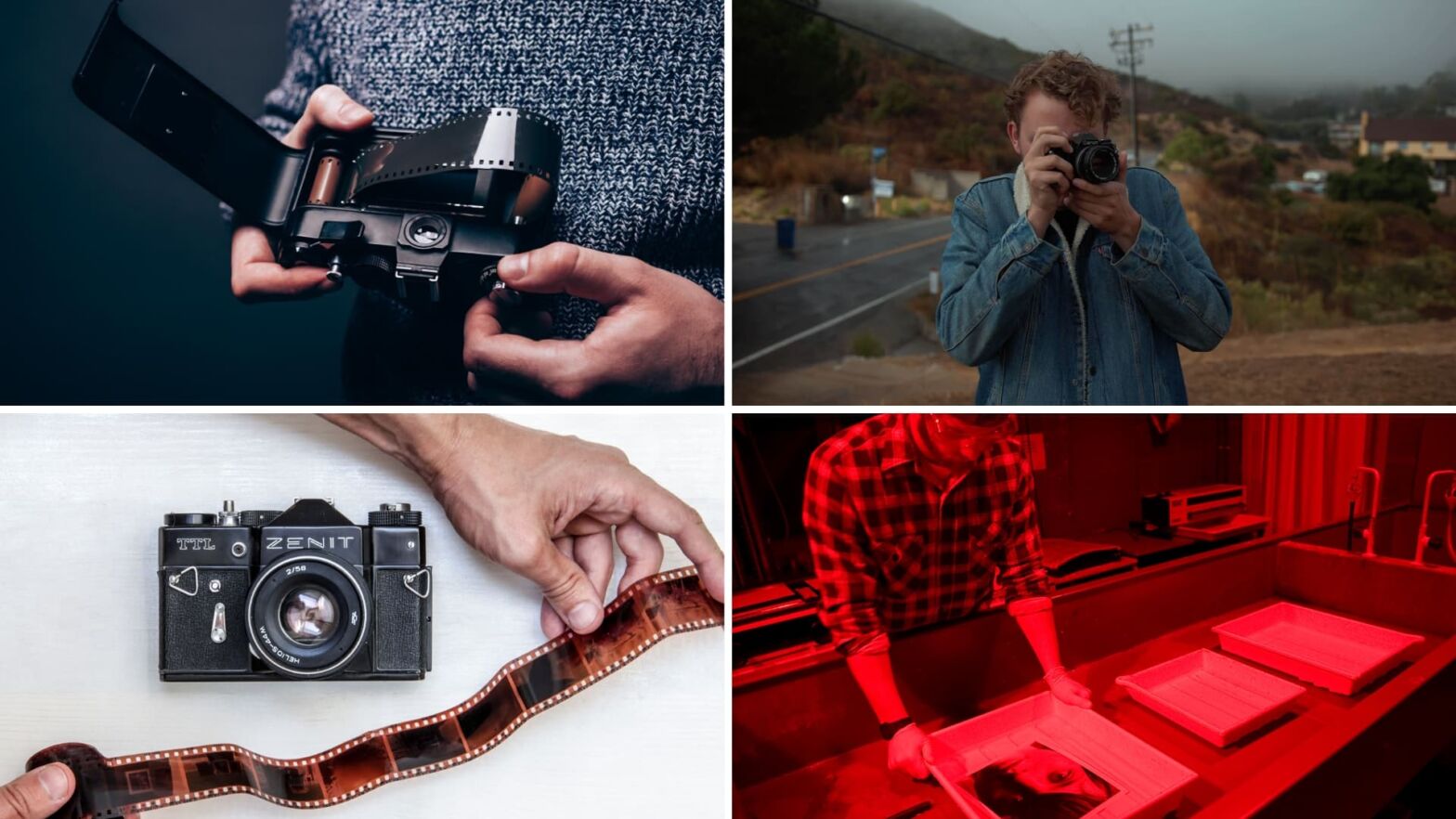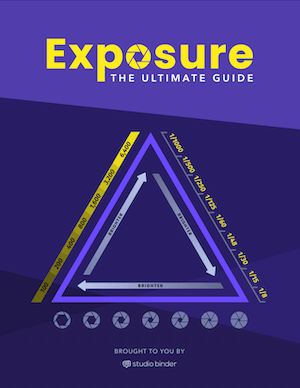With so much new technology coming out seemingly every year, many people are finding themselves drawn to analog technology. Vinyl records are making a comeback, Polaroids have regained popularity, and bell bottom jeans might just be considered “in” again. Add to this nostalgic list film photography. Film photography is becoming more popular among professional and amateur photographers alike. If you are among the latter and want to start taking film photos but don’t know how to start, this article is for you.
35mm film photography
Borrow or buy a film camera
The obvious first step to shooting film photography is to get your hands on a film camera. This might mean borrowing a friend’s camera, buying your own, or maybe, like many others, you’ve found your parents old film camera.

Analog photography • Film Cameras
Odds are, you’ll find yourself using either a used 35 mm SLR film camera or a new point and shoot style film camera. Both are great for beginner film photographers.
Deciding between the two will come down to whether or not you want to graduate to using manual settings or automatic. Many 35 mm cameras will have manual setting options often with automatic exposure.
The Best Cameras to Start Film Photography
If you want to rely more on automatic settings, get your hands on a point and shoot style camera. With film photography becoming more popular, there are new reloadable point and shoot cameras on the market such as the Lomography Simple Use Reloadable Camera. Worst case scenario, grab a disposable camera from your local drugstore or convenient store.
Photography film development
Choose your film stock
Once you have your camera, it’s time to choose your film. Generally, there are three types of film stock: color negative film, color positive film, and black and white film. Rolls will also have 24 exposures or 36 exposures.
If you are just starting to shoot film photography, color negative film will be the most forgiving.
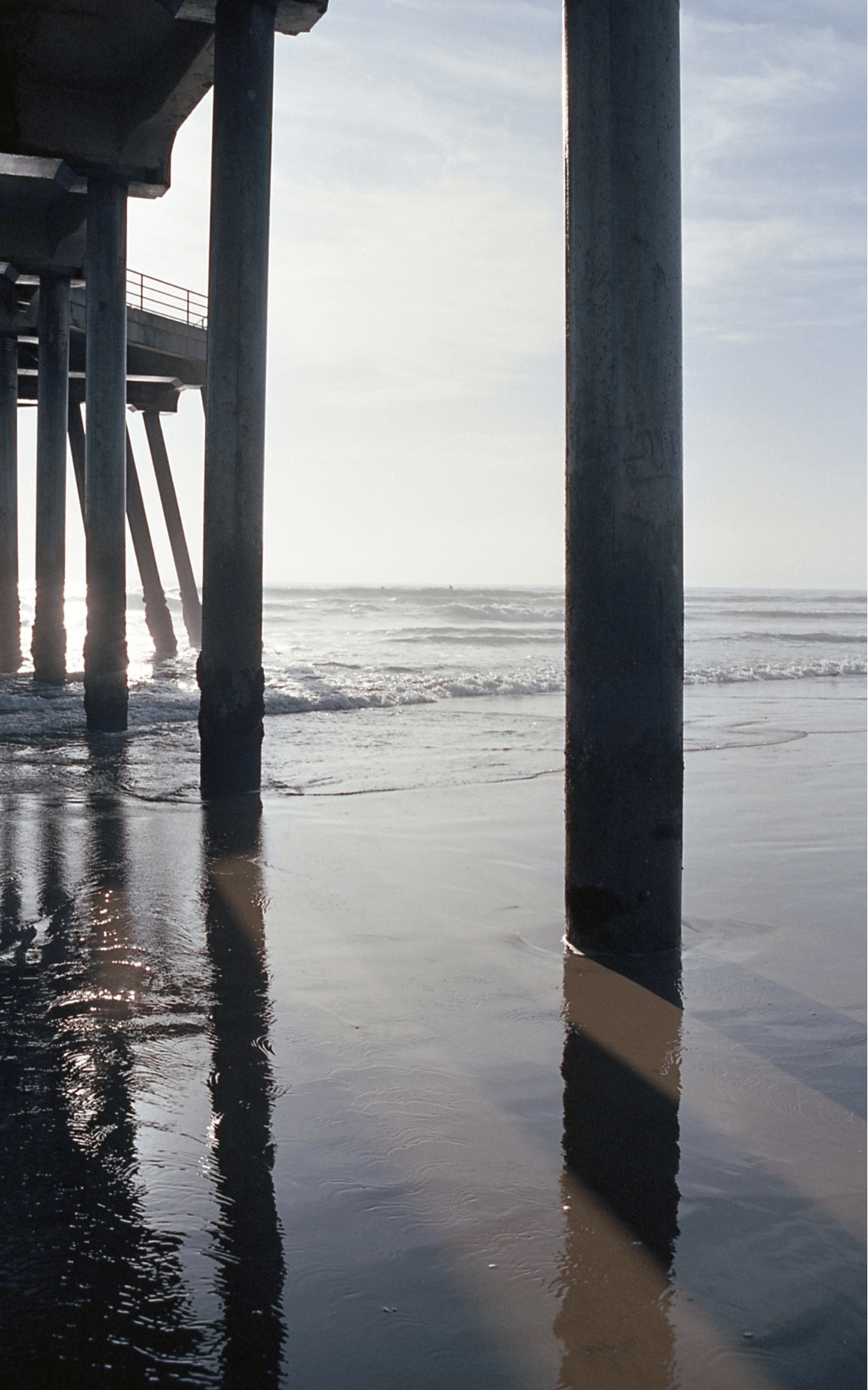
Film photography • Color Negative Film
It’s important to note that different film stocks and brands will inherently have different qualities to them. The best way to find the rolls you like are to experiment and try different rolls yourself.
To get started though, check out this video guide to different types of color film and the varying qualities of each.
Analog photography • Which color film should you buy?
The next thing to consider when choosing your film stock is ISO. Higher ISO film stocks like ISO 800 are better for low-light photography. If you’re normally shooting in bright daylight scenes, reach for a film stock at 100 ISO.
setting up film photography
Load the film
Once you’ve chosen your film, it’s time to load it into your camera. How you load your film will depend on what type of camera you have. The process for most will typically be similar. Take a look at this video tutorial by Pushing Film to learn how to properly load film into a 35 mm camera.
Beginner tips for loading film: Avoid blank rolls!
To recap, you’ll first want to open up your camera by pulling the rewind spool upward from the camera. This will open up the back of the camera where you will load your film.
Next, drop your roll of film into the roll slot. Then push down the rewind spool so that it goes all the way down and connects to your roll of film.
Next, pull out the “leader” from the film which is the tab at the end of the roll. Feed the leader into a slot in the take up spool opposite the roll. This is where the film will be winded and pulled for every shot. Advance your camera to ensure that your film leader is properly loaded. Close your camera up, and you’re almost ready to shoot.
35mm film photography
Set your camera’s settings
When it comes to camera settings, most 35mm cameras will have automatic exposure settings. Shooting on this auto setting will be a beginner’s best bet to getting properly exposed photos.
If you want to dabble in your manual settings, make sure you have a clear understanding of the exposure triangle. Aperture, shutter speed, and ISO all greatly affect an images exposure and characteristics.
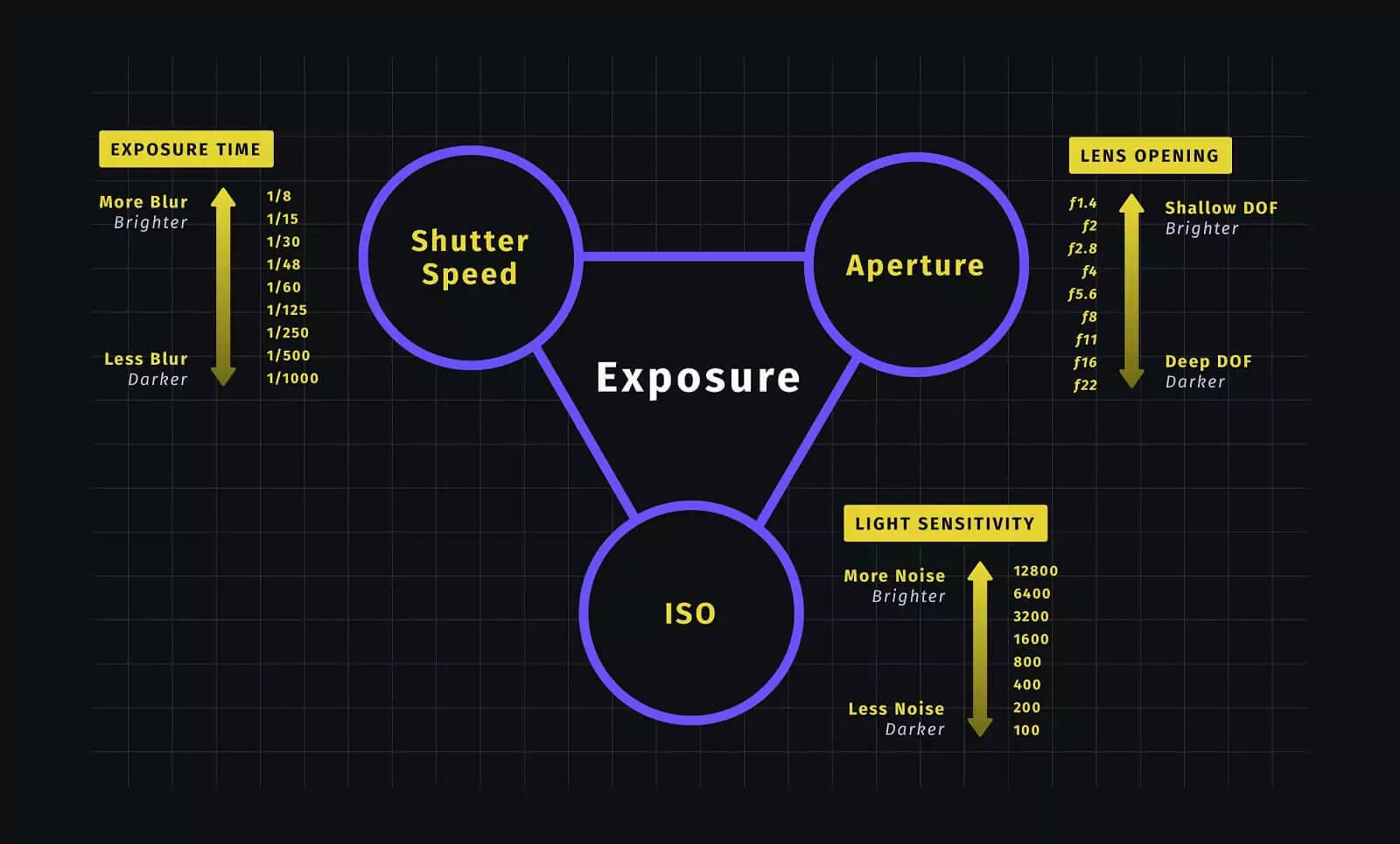
Exposure Triangle Cheat Sheet
When shooting film, you will be locked into an ISO value based on the film stock you use. Your shutter speed will also be dependent on this ISO with a general rule of matching your ISO value. For example, if you are shooting with a Fuji ISO 200 roll, set your shutter speed to 1/125.
This means that your aperture will be the setting you manipulate the most for varying your exposures.
Learn more about aperture in our video breakdown below.
What is Aperture & the Exposure Triangle Explained • Subscribe on YouTube
One of the biggest strengths of film photography is its higher dynamic range. This often makes it more forgiving when overexposing your shots. This is important to consider when shooting in manual.
Especially when shooting with color negative film, it’s a good idea to set your camera to either a half or full stop of over exposure. Generally, it’s a lot safer to overexpose your film photos than underexpose them.
For more information on exposure, download your FREE copy of our ebook: The Ultimate Guide to Exposure.
Free downloadable bonus
FREE Download
Ultimate Guide to Exposure
The Exposure Triangle is something every photographer and cinematographer needs to master. Download our FREE e-book to get in-depth explanations and tutorials on topics like aperture, ISO, shutter speed, and how to balance these settings to nail perfect exposure every time.
Film vs digital photography
Shoot out the roll
Now that you loaded your film into your camera and determined your settings, it’s finally time to shoot. Shooting film photography means being more intentional with every shot. After all, you can’t review your photo immediately after you take it.
You also will only have 24 or 36 shots per roll. The best way to learn is to go out and shoot out an entire roll. Bring your camera out when you’re hanging with your friends, take photos of your hometown, or simply shoot random street photography.
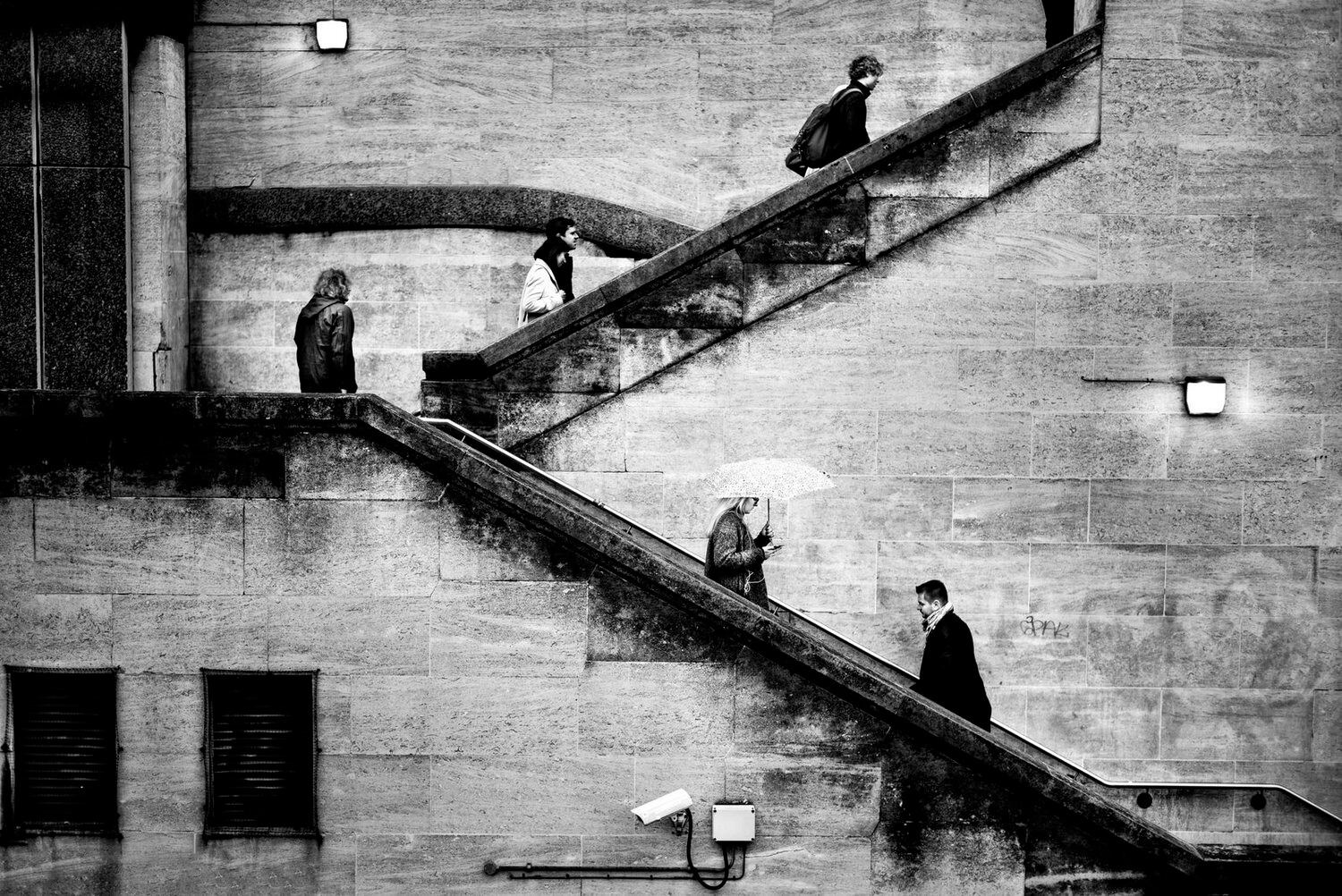
Film Photography • Photo by Alan Schaller
If you really are lost on what to shoot, check out photography challenges or assignments that you can find online. At the end of the day, the most important part is to have fun with it and shoot whatever catches your eye.
Related Posts
How to unload a 35mm Camera
Wind and unload your film
Once you’ve shot out an entire roll, it’s time to wind and unload your film. Properly winding your film is incredibly important because the second you open your camera, light enters it. If your film is not properly winded, your shots can become compromised.
Check this video out to learn how to properly wind and unload your film roll.
Film Photography • How to unload a 35mm Camera
Once you’ve properly winded your film and unloaded it, it’s a good idea to put it back into a canister with a note of either the date or location.
Film photography for beginners
Develop your own film
Next, you’re going to want to process and develop your film. This can be done either by sending it to a film lab or by doing it yourself. The thought of developing your own film can be daunting. But for those looking to dive deep into film photography, it is a must.
With so many resources now available online, developing your film at home has never been made easier. Check out this video by Willem Verbeeck for a full tutorial on how to develop your film at home with a developing tank.
How I Develop Color Film at Home
Understanding how film is processed and developed will help inform you as to the varying qualities of film stock and make you a better film photographer.
Photography film development
Get your film developed
If the process of developing your own film sounds like too much of a daunting task, you can also opt to get your film developed by a lab. The first option would be to find a local camera store and see if they develop film themselves.
This is second best to developing your own film because you can ask questions and learn from those developing your photos. There also mail in services where you can mail in your rolls such as Indie Film Lab, The Dark Room, or MPIX.
Film photography tricks
Bonus Tips
Once you get more experienced shooting film photography and have even shot out a few rolls, here are a few bonus tips to begin experimenting with.
Experiment with double exposures
Double exposures are the technique of exposing a single frame twice. This creates a juxtaposition of two images on top of each other within the same image. This can add a whole new layer of meaning to your images.
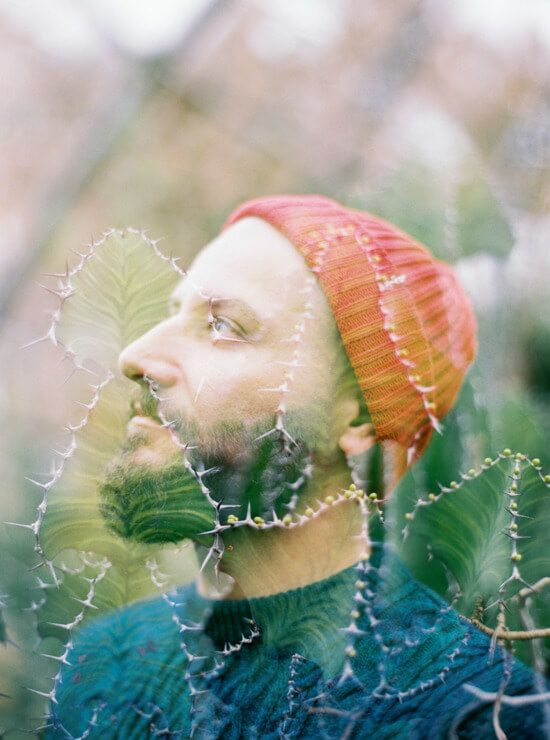
Film Photography • Photo by Marcos Pérez
Shoot with expired film
Shooting with expired film has become increasingly popular because of the unique qualities it adds to images. Contrast minimizes, film grain increases, and colors become distorted or more muted. In a way expired film can add a nostalgic or aged quality to your photos.
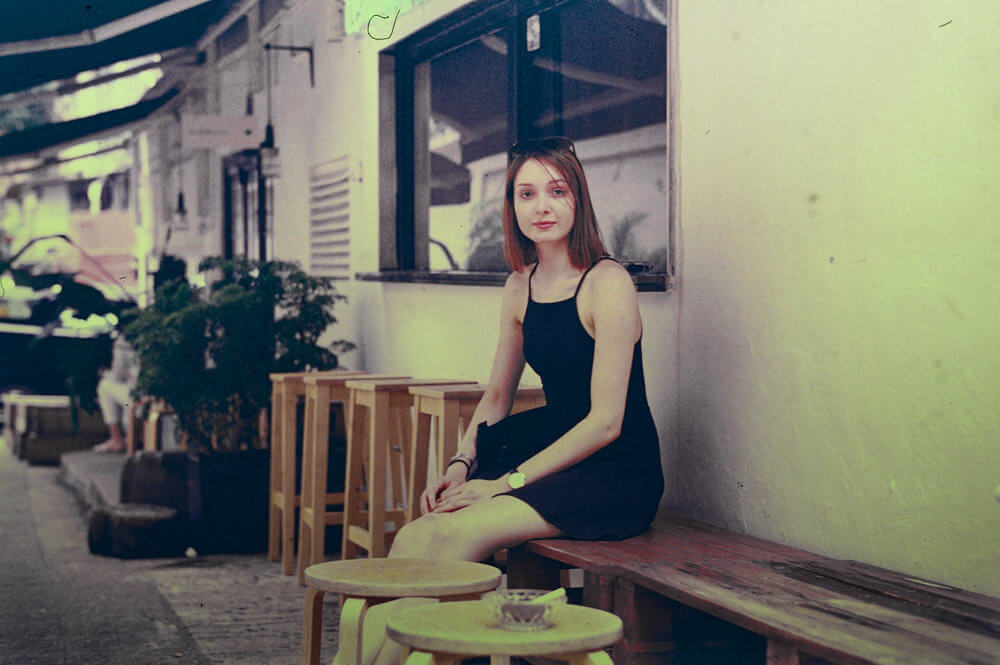
Analog photography • Expired film
Push/Pull your film
Pushing and pulling your film is the technique of setting your camera’s ISO to a different ISO than your film stock. Pushing means setting your camera’s ISO higher than your film stock. Pulling means setting your camera’s ISO lower than your film stock.
The EASIEST way to Push/Pull Film!
Many photographers pull to reduce contrast and create a more faded look in an image. This is great for shooting in very bright situations where you want more detail from shadows.
Black and white photographers tend to push their images to create more contrast and more dramatic effects in their photos.
Whether you want to shoot exclusively on film or bounce back between film and digital photography, shooting film will undoubtedly make you a better photographer. You will become more intentional with every shot and learn more about how a camera operates in its most simple form.
Related Posts
UP NEXT
What is a DSLR Camera?
If you’re still on the fence about shooting film photography because of the process, you may want to read our next article. We dive into the ins and outs of the popular mechanism for digital photography — the DSLR camera.
Up Next: DSLR Cameras →
Showcase your vision with elegant shot lists and storyboards.
Create robust and customizable shot lists. Upload images to make storyboards and slideshows.
